Smithsonian Student Travel | Greece & Italy
Dive into the fascinating ancient civilizations of Greece and Italy—and their vibrant modern cultures—on a high school summer program from the Greek islands to the heart of Rome. Travel to sun-drenched seaside villages and tranquil farms and explore bustling cities and ancient temples, discovering the legacy of the Greek and Roman empires. Watch history come alive in five locations—Athens, Crete, Naxos, Naples, and Rome—each steeped in myth and and graced with stunning scenery and evocative sites. Contemplate Homer’s Iliad and Odyssey; climb the steps of the Athens Acropolis, and follow the influence of ancient Greece into Italy, where the Roman Empire furthered the evolution of Western civilization. Experience how history and the present coexist in Rome, where Renaissance architecture and Roman ruins are integrated in a dynamic modern city.
Limited Spaces Remain!
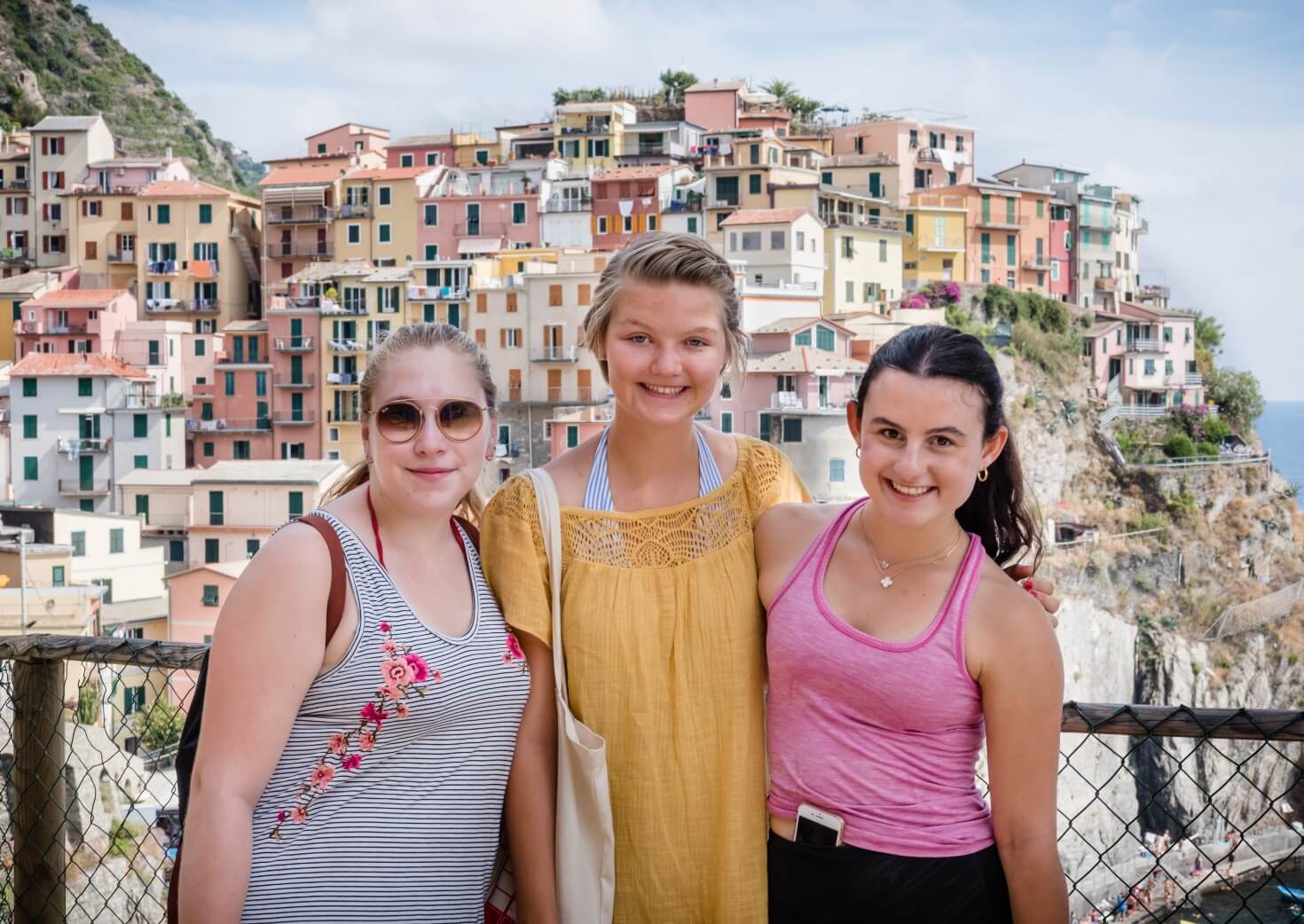
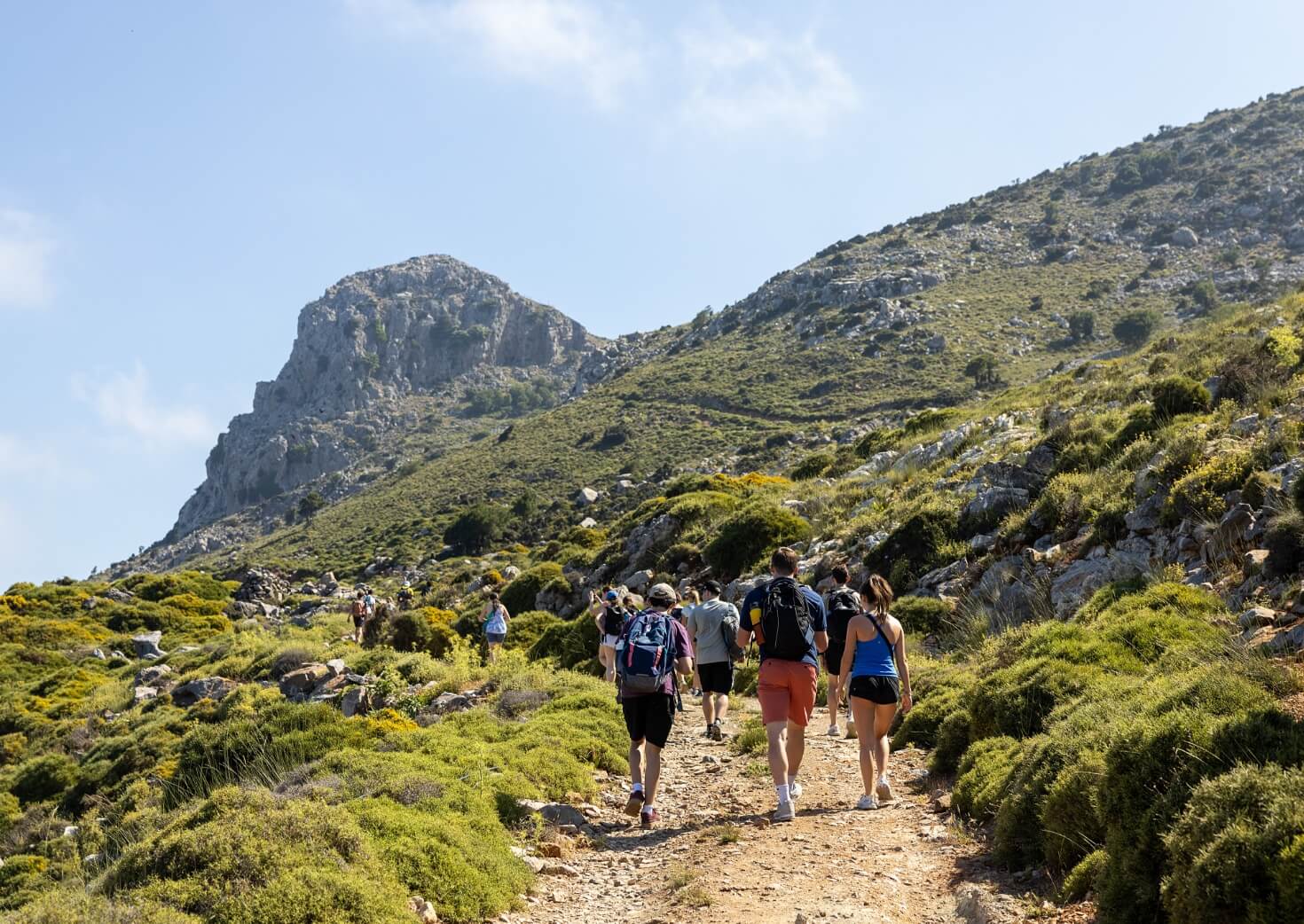
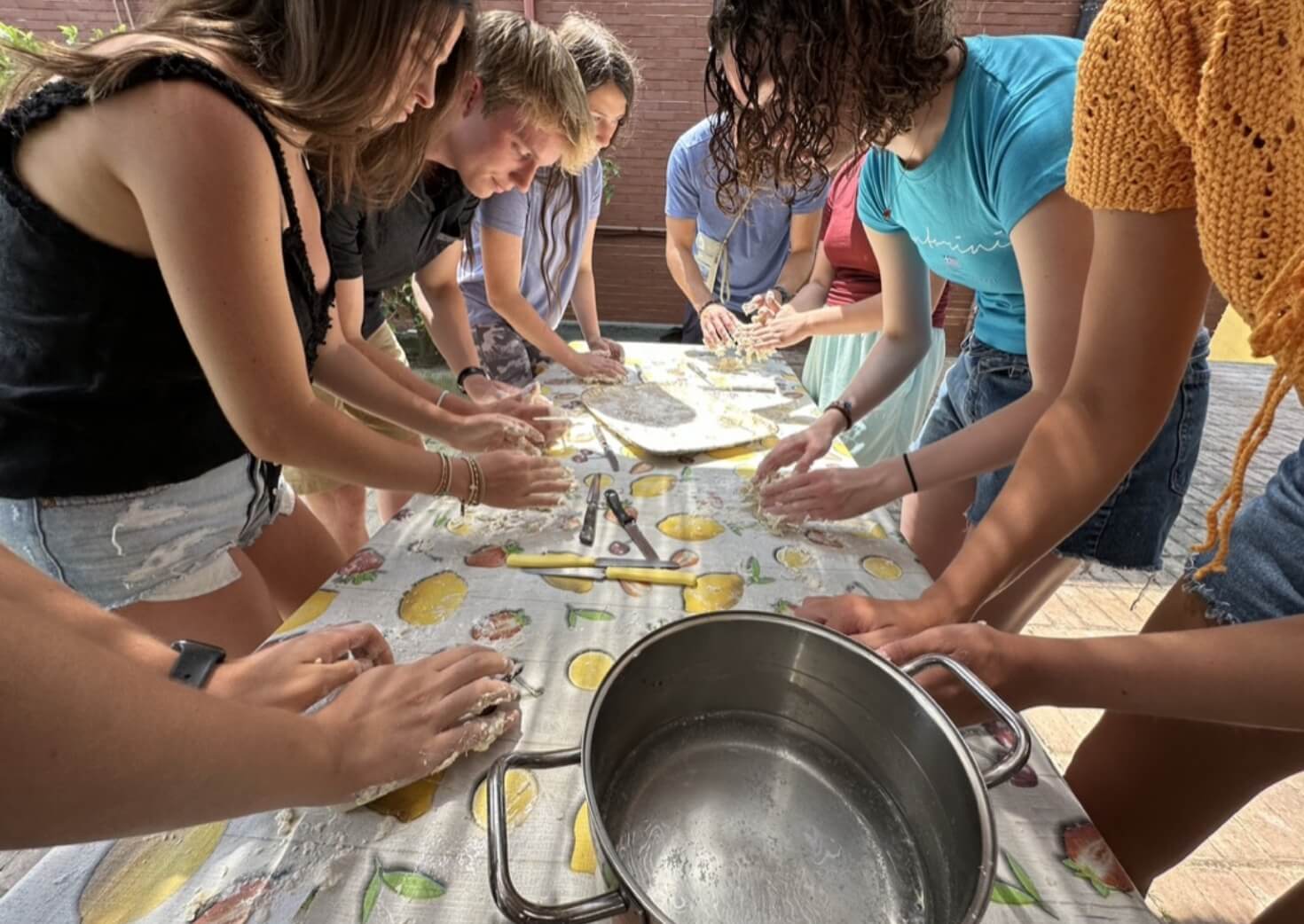
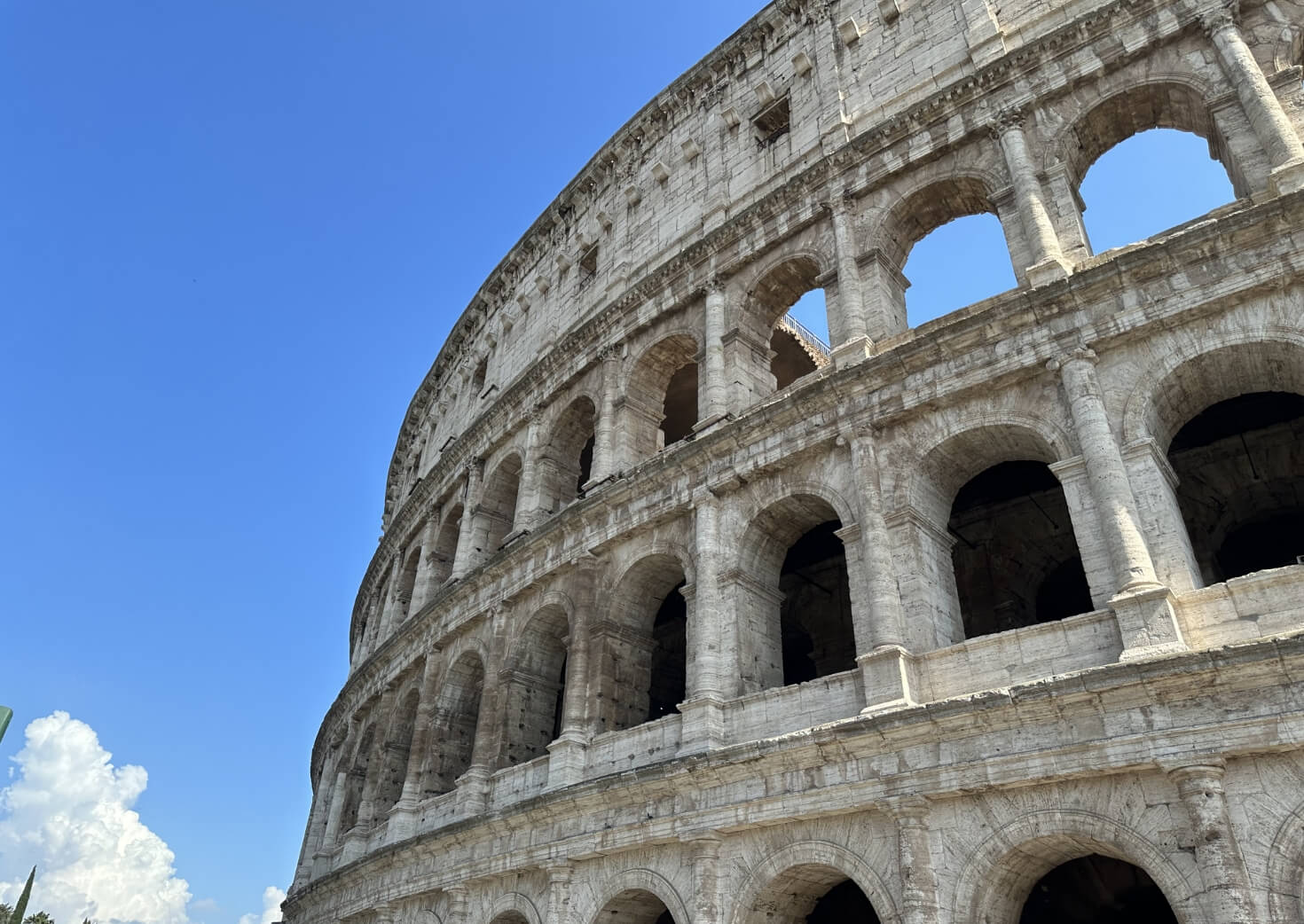
Highlights
- Swim in the turquoise Aegean Sea and sail among the Cyclades islands
- Uncover ancient history from the Acropolis to the Roman Colosseum
- Learn the techniques of Roman mosaics during an artisan workshop
- Meet with archaeologists on a visit to the miraculously preserved city of Pompeii
- Take cooking lessons and master Greek and Italian specialties
Itinerary
This itinerary represents our plan for the program. However, we may implement changes if we identify opportunities to improve the experience, to take advantage of unexpected events, or to accommodate local schedule changes.
Departure • Travel Day • Meet your student travel group and one of your trip leaders in New York, and fly together to Athens, Greece.
Athens • 2 days • Settle into our comfortable hotel overlooking the Acropolis and begin your adventure with an introduction to ancient Greece. Get to know your group and leaders, and explore the city’s sites including the Acropolis and Roman Agora, along with a visit to the world-renowned Acropolis Museum accompanied by an archaeologist.
Naxos • 4 days • Board a ferry from Athens to Naxos, home to swaths of farmland, beaches, and ancient ruins. Visit the Eggares Olive Press museum to learn about the process of making olive oil and sample artisanal products. Experience the deep roots of Greek cuisine through a privately taught cooking class. Relax on soft sand beaches with clear blue water, then walk out from the old town to the Temple of Apollo Portara at sunset, and imagine how the island’s bustling port might have looked during the 13th century as you gaze over the Venetian castle.
Crete • 3 days • Travel by ferry to Crete, the largest island in Greece and birthplace of the ancient Minoan civilization. Hike Lasithi Plateau, strewn with ancient windmills, and sample local cheeses and seafood. Explore the Psychro Cave, mythical birthplace of Zeus, and take a refreshing swim from the rocky shoreline at the end of the day.
Naples • 3 days • Fly to Naples and explore the ancient city of Pompeii, which was buried in volcanic ash in 79 C.E., and thus preserved until modernity. Study the everyday objects and living spaces of daily life in the first century, stroll their cobbled streets, and meet with archaeologists who continue to unearth beautiful mosaics from beneath the ash. Supplement your understanding of the area’s history with a tailored visit to the world-renowned National Archaeological Museum of Naples. Learn the simple art of Italian cooking with a chef in a private hillside estate.
Rome • 5 days • Next, travel north to Rome, where the ancient world coexists with Italy’s vibrant present. Alongside your Smithsonian Student Travel Expert, come face-to-face with Imperial Rome in the ruins of the Forum and the Colosseum. Get an insider’s view of the city and its history with walks along the Tiber and among the vast ruins of the famed Via Appia Antica. Create your own mosaic in traditional Roman style at a local artisans workshop, and interview contemporary Romans about their lives in this fascinating city. Spend evenings at an outdoor concert, practice your Italian at produce markets, and picnic along the river as you contemplate the role of these ancient civilizations in your own modern lives.
Return • Travel Day • Fly from Rome, Italy, to New York with your group and a trip leader, then continue on to your final destination.
Smithsonian Student Travel Experts
A Smithsonian Student Travel Expert will join the group for four or five days of the itinerary. A professional in their field, they will tie in their knowledge and experiences with the themes of the program and share their insights and passion for the region during talks and informal conversations throughout their time with the students. Meet next summer’s experts below.

Liana Brent is an Assistant Professor of Classical and Medieval Studies at Bates College in Maine. She holds a Ph.D. in Classics from Cornell University, and she is a Roman archaeologist who specializes in histories of the non-elite in the Roman world. Her research interests include Roman burial practices, Latin inscriptions, Greek and Roman sculpture, and the history of collecting antiquities. At Bates, she teaches courses on Roman Civilization, Archaeology, Slavery, Death and Burial, as well as Latin. In addition to her scholarly interests, Liana loves hiking, and in 2019 she walked the Via Appia Antica (an ancient Roman road), for 350 miles from Brindisi in southern Italy all the way back to Rome!

Dr. Rob Stephan is an archaeologist by training and has taught in the University of Arizona’s Department of Religious Studies and Classics since 2016. He hails from Cincinnati, OH and attended the University of Michigan, where he studied Classical Archaeology, Biological Anthropology, and Near Eastern Studies. Upon completing his B.A. in 2005, he left the Midwest to take his talents to Stanford University’s Ph.D. program in Classics. His thesis took an archaeological perspective to look at the impact of the Roman Empire on economic growth in the Mediterranean world, and he earned his Ph.D. in 2014. Rob’s research interests focus on how the material remains of the past can inform us about the economic performance of ancient societies. More recently, he’s also been researching the intersection of technology and teaching, exploring how we can use video games and virtual reality to give students a better understanding of the ancient world.
Rob has worked on archaeological excavations in Italy, Cyprus, Britain, Armenia, and the American Southwest. His current project, the Bays of East Attica Regional Survey (BEARS) uses archaeological data to investigate the bay of Porto Raphti in Greece from prehistory through the medieval period. In addition to supervising undergraduates on these archaeological projects, Rob has led study abroad programs in Italy, Greece, and the Holy Land. Rob teaches courses on classical history and civilization, classical mythology, Greco- Roman sport and spectacle, and ancient Egypt. In his free time, he likes hiking and eating nachos, although his Saturdays are still dedicated to watching the Michigan Wolverines, Stanford Cardinal, and Arizona Wildcats on the gridiron.
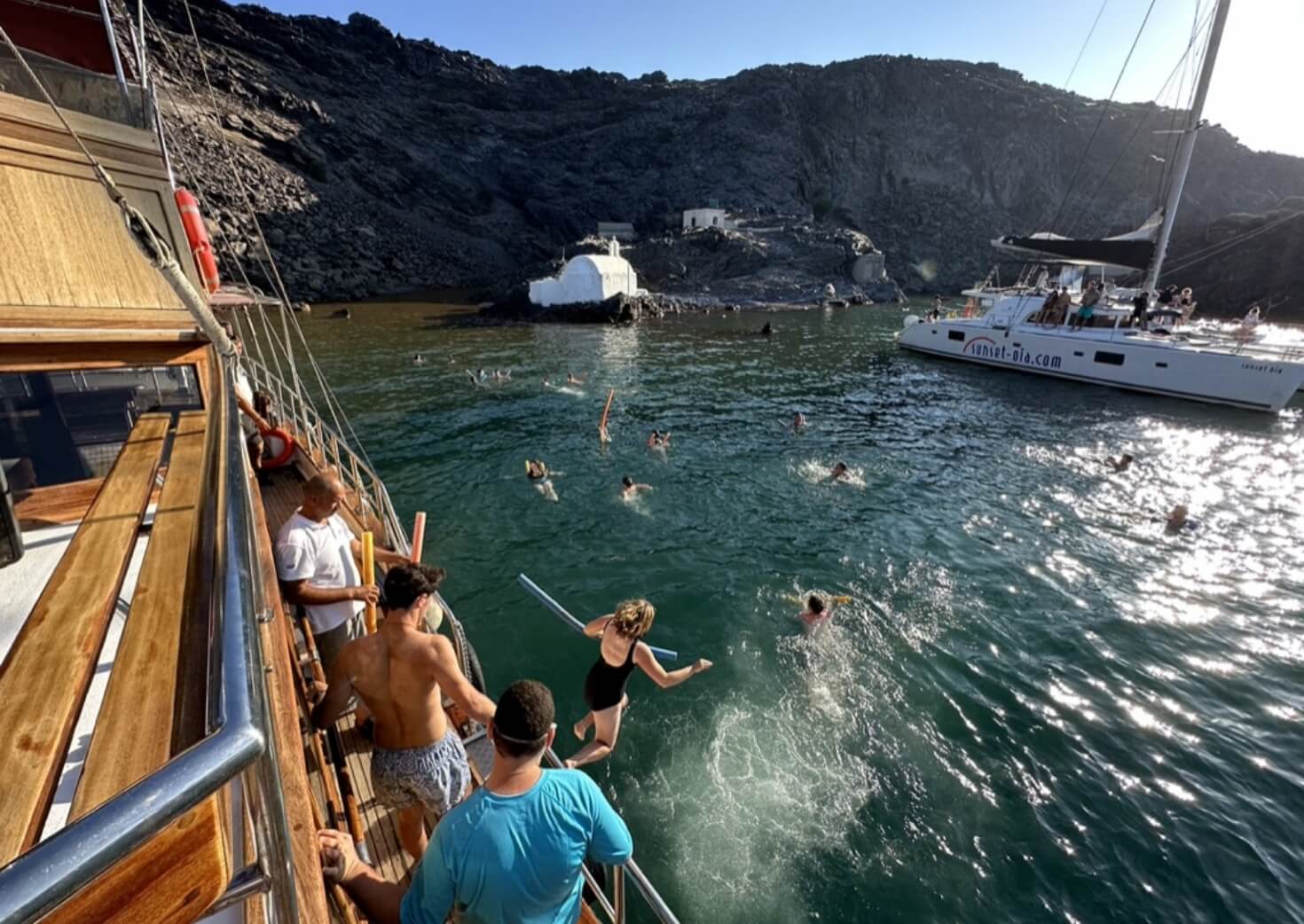
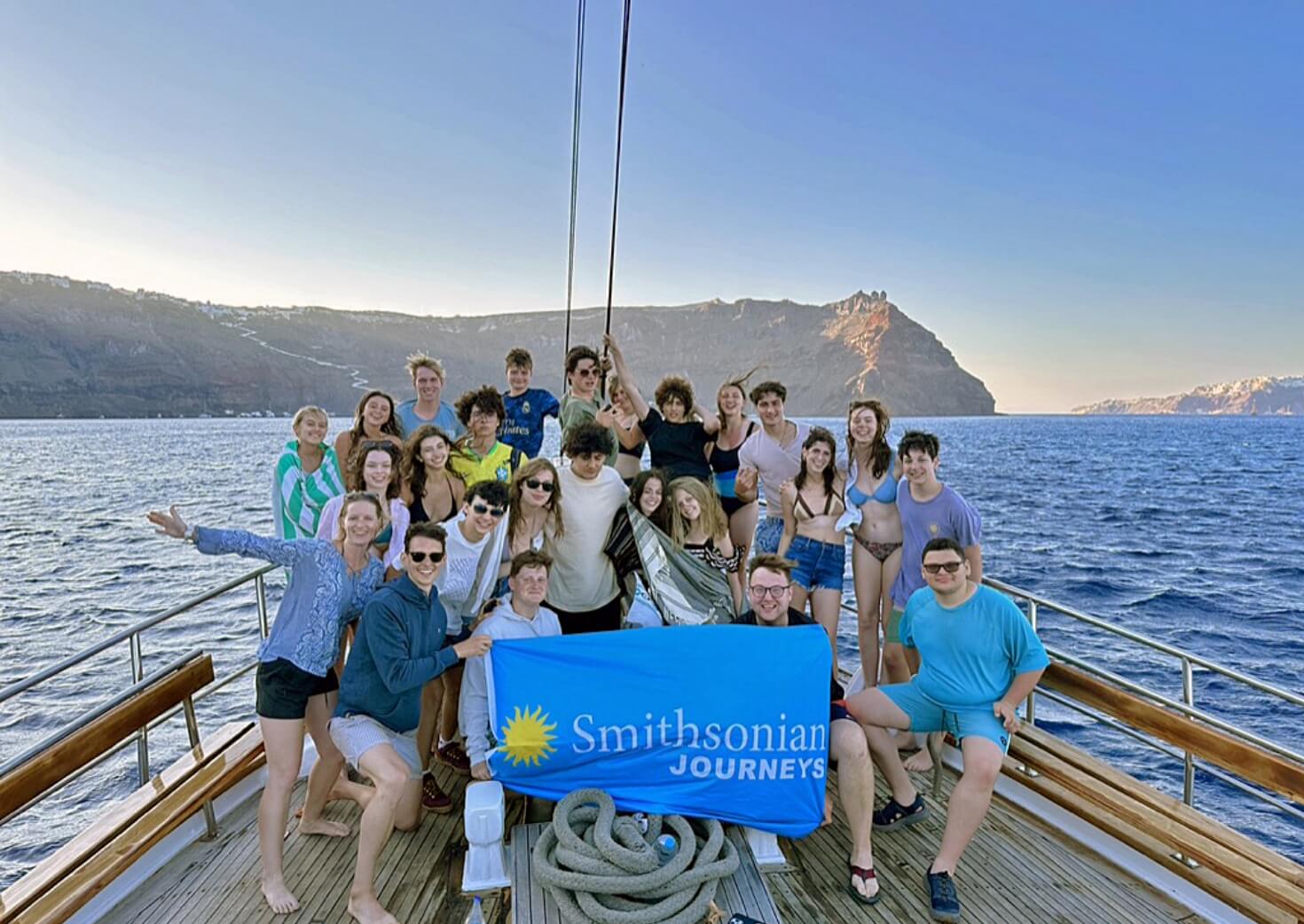
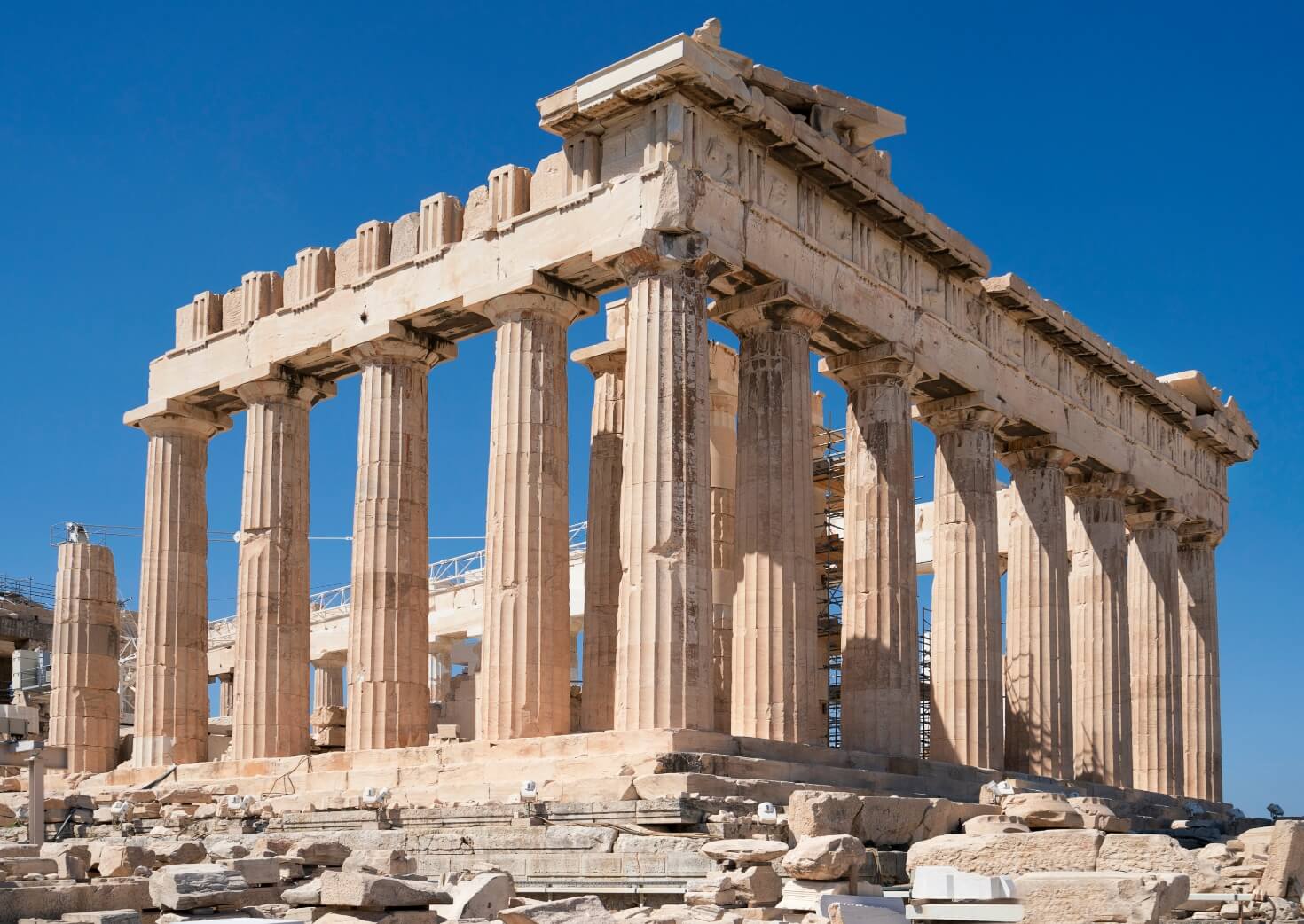
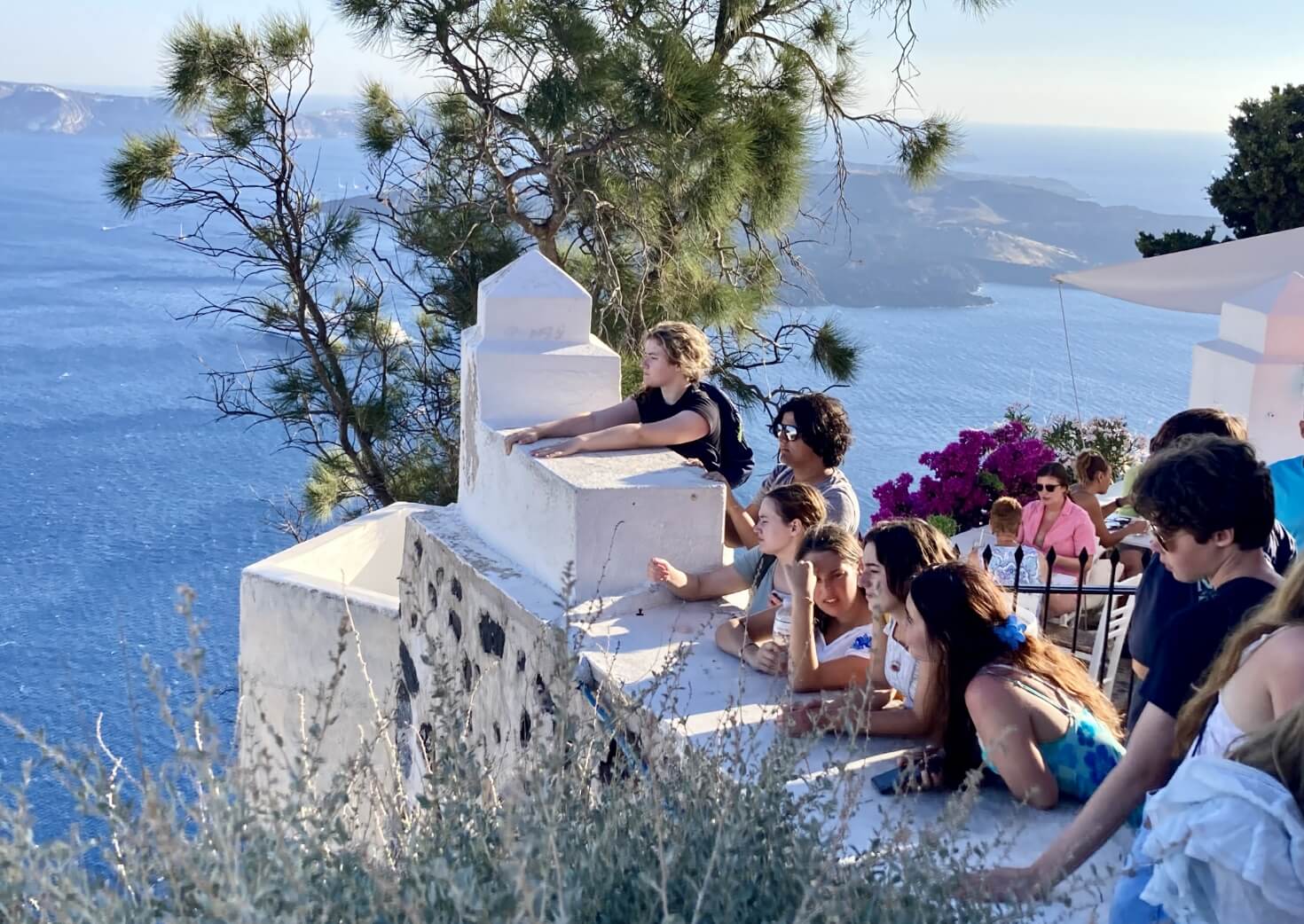
What to Expect
Physical Activity • This is a physically active summer travel program. You can expect to go on hikes and explore cities and towns on foot. You do not need to be at peak fitness to participate, but it is important that you have a desire to be physically active, and that you are excited about trying all activities.
Accommodations • We stay at small family-run inns and hotels, and leaders stay with students throughout the program.
Climate • Summer temperatures in Italy and Greece can be very warm, with daytime highs ranging from 75–90°F (24–32°C) in the south, and 65–85°F (18–30°C) in the north.
Meals • We begin each day with breakfast at our residence, and enjoy lunches and dinners at small, local restaurants and cafes, or picnic-style in parks and on waterfronts.
Cuisine • Traditional Greek and Italian cuisine is characterized by its simplicity and varies greatly by region. In both countries, common meals include pastas, pizzas, rice dishes, stews, cheeses, fish, cured meats, soups, and salads. Greece and Italy are also home to thriving international communities, and food from around the world is also available.
Language • Modern Greek is the official language of Greece. Italian is the official language of Italy, though each region often also has its own dialect. English is also spoken in larger cities.
Enroll in two programs & save $1,000!
$800 tuition discount + no second application fee
